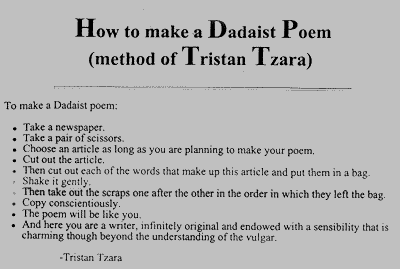
The Reader
as Writer
Calvino
does not succeed in convincing the reader that any given person could
be as good as an Italo Calvino, but he does put the reader quite firmly
in the author’s shoes. This is in large part because the
author is the only character available to identify with, and because
the inner workings of the authorial mind are presented so clearly and
sympathetically. Even in Calvino’s only multi-character book, If
on a Winter’s Night a Traveler, the issues concerning the act of
writing are so central that they become the focus of the entire work.
As the reader comes to identify with and inhabit the persona of the author,
the two roles merge. It becomes hard to tell where one job ends and where
the other begins. Gore Vidal, a long-time advocate of Calvino’s,
expresses what must be a common feeling: “In fact, reading Calvino,
I had the unnerving sense that I was also writing what he had written.”[5]
Calvino the author proceeds by reading. He reads all the elements of the
literary history of civilization, so he can recombine them in his own
work. He visualizes some image, and reads it as if it were text on a page,
so he can use it as the central motif of a novel. Likewise, a reader of
Calvino’s works must in some ways become a writer. The reader can
easily follow the evolution of the book, all the way from its initial
conception. The reader must take special notice of the work’s underlying
structure, and decide how best to proceed. The reader must make decisions
of composition, and organization, deciding how to fit all of the fragmented
elements into a cohesive whole.
Every element of Calvino’s novels is purposefully designed to facilitate
this metamorphosis of reader into writer. As critic Lucia Re terms it,
the reader must “be seduced by the text into becoming what the text
wants them to be.”[6] And what Calvino wants them to be, above all
else, is an author.
Umberto Eco describes an open work as one that does not adhere to the
traditional division between the passive audience and the active creator.
The author somehow must stop short of total creation, and the audience
must step in and finish the job. “The author offers the interpreter,
the performer, the addressee a work to be completed.”[7] Calvino
is perhaps the only artist who achieves this goal within the traditional
form of the novel. In a physical book there are many obstacles to overcome
if one wants to create an open work. One does not have freedom to play
with linearity, or the luxury of releasing something that can exist in
differing or incomplete versions. Calvino achieves openness by structuring
all his works so as to get the reader and the author as close as possible.
He exposes to the reader all the tools and plans that authors use to create.
In addition, he eliminates all characters except that of the central author,
and writes so as to put the reader firmly in the psyche of the creator.
Thus, the reader is ready to take over where Calvino has left off. The
reader can begin to fill in the blanks on his
own.
img: How to make a Dadaist poem, Tristan Tzara